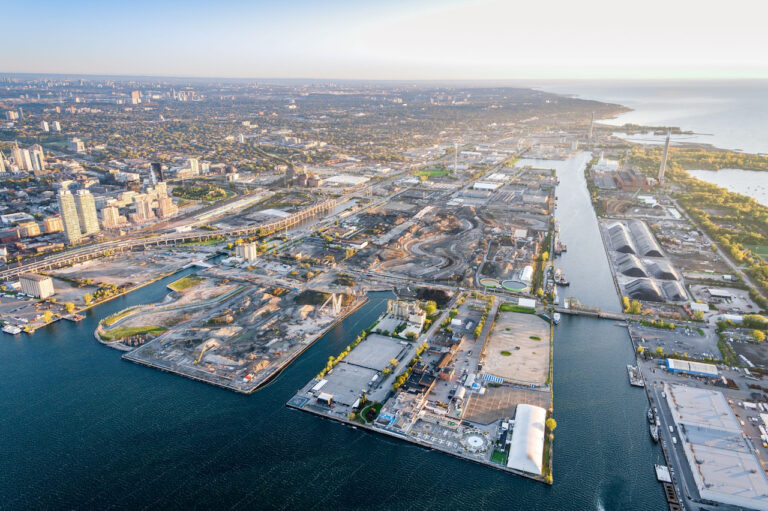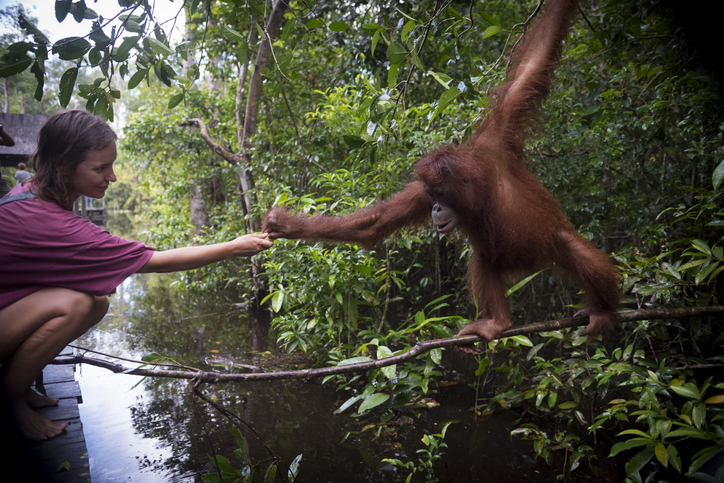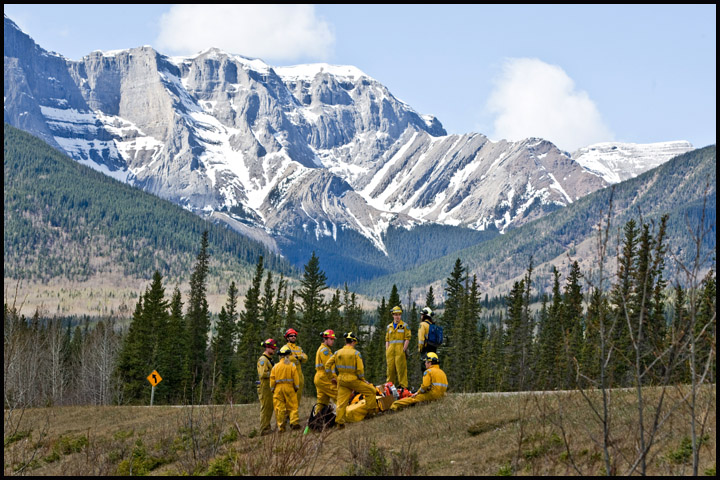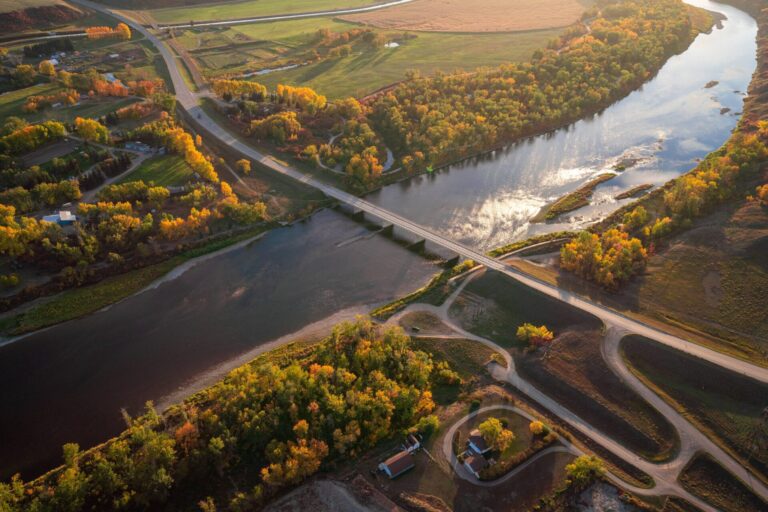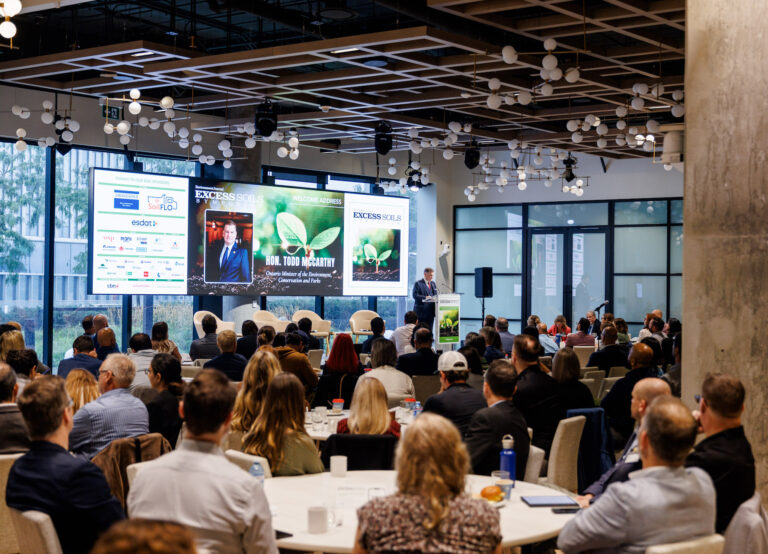Tuesday, October 7, 2025
It’s a curious time for Canadians as we face off for a trade war started by our former best friends to the south, while we try to do the right thing for the environment by meeting our emissions targets and decarbonization deadlines.
There’s nothing funny about it, but the onslaught of tariffs prompted comedian Mike Myers to call on Canadians to have their “elbows up,” a hockey reference, which started with the late great hockey player Gordie Howe, who made his opponents pay for unsportsmanlike conduct.
Prime Minister Mark Carney, also a hockey player, ran with the narrative in his victory speech for the leadership of the Liberal Party of Canada. He called out the U.S. president and his comments about Canada becoming the 51st state: “America is not Canada. And Canada never, ever, will be part of America in any way, shape, or form. We didn’t ask for this fight, but Canadians are always ready when someone else drops the gloves.”
Our natural resources are under siege. Rising temperatures and increasing scarcity of water and resources are fuelling the threats, with the geopolitical storm accelerated by climate change and the play for global domination of Arctic land, coastline and trade routes that provide access to massive reserves of oil, gas, water and minerals.
For anyone who attended the recent PDAC Convention, the world’s largest mining and mineral exploration event, you know that the mining sector is mammoth, and that minerals are a substantial part of the equation when it comes to the energy transition at home and around the world.
With great power comes great responsibility, as the proverb goes, and there is an increasing array of new strategies for sustainable mining. There’s the International Council on Mining and Metals (ICMM) and its Strategy Action Plan for 2025+ and the Mining Association of Canada’s Toward Sustainable Mining Excellence Awards. But there is still a lack of standardization around the globe and that is hurting responsible mining projects in Canada.
Yes, we need more nickel to support the energy transition at home, and internationally, to support battery grade products and support the electric vehicle (EV) sector. But no, it should not be at the cost of causing environmental devastation and addressing critical social issues. Over-production abroad is keeping good Canadian mining companies down and impacting the ability to support the energy transition in a conscientious way.
Case in point. The multi-billion-dollar Turnagain Project, located in northern British Columbia on the traditional territory of the Tahltan and Kaska Dena, is among the largest undeveloped sulphide nickel deposits in the world. Turnagain is managed by Hard Creek Nickel, a subsidiary owned 85 per cent by Giga Metals Corporation and 15 per cent by Mitsubishi Corporation.
Projects such as Turnagain have the potential to be the gold standard – with a plan to maintain a remarkably low level of GHG emissions and minimal use of fossil fuels, and to employ an electric trolley assisted truck fleet to reduce diesel demand. The tailings facility design is designed to be strong and safe, and will also sequester significant amounts of carbon dioxide from the atmosphere. A pre-feasibility study was released in 2023, with all technical information approved by Qualified Persons and shared with local First Nations communities.
I recently dug into the issues directly with Giga Metals CEO Mark Jarvis and Manager of Development Lyle Trytten.
“Our economics are comparable to plant operations in other places that make battery materials, such as in China and Indonesia, but we have to go through an environmental assessment, and they don’t have to go through anything meaningful. They can just start tomorrow, and we can’t,” explains Jarvis. “We’re doing it the right way with a stringent environmental assessment regime, and buyers can be confident they’re getting a green product.”
Jarvis has worked on this project for two decades and counting. He and Trytten have carefully designed the project to minimize environmental impacts while some of their global competition continues to pillage the earth and wildlife, even with the availability of cameras and drones to track the devastation, such as with the recent tailing storage facility failure at Chambishi in Zambia.
“When it comes to regulatory regimes, there are good binding measures and standards for performance, as well as auditing and public reporting requirements,” emphasizes Trytten. “These are critical attributes for a company to do the right thing and for society to be able to hold companies responsible.”
Trytten referred to the “green premium,” the term used for the additional cost of choosing a clean technology over one that emits more greenhouse gases. So, with the nickel market down, a tumultuous time with tariffs, and the high cost of competing on the global stage, Turnagain remains on the backburner for now.
However, there is hope on the horizon. The Green Mining Market report reveals that the global green mining market is likely to reach $35.5 billion by 2029, which would mean a 10 per cent growth since 2024. Projects such as the Turnagain project can power the energy transition while leaving a positive legacy for future generations.
Let’s call for more responsible mining practices in the global arena and let’s keep our elbows up.

Connie Vitello is Editor of Environment Journal. Join the conversation: email connie@actualmedia.ca.
This article originally appeared in the Spring 2025 edition of Environment Journal. To read the original multimedia version, please click here.
Featured image credit: Getty Images





